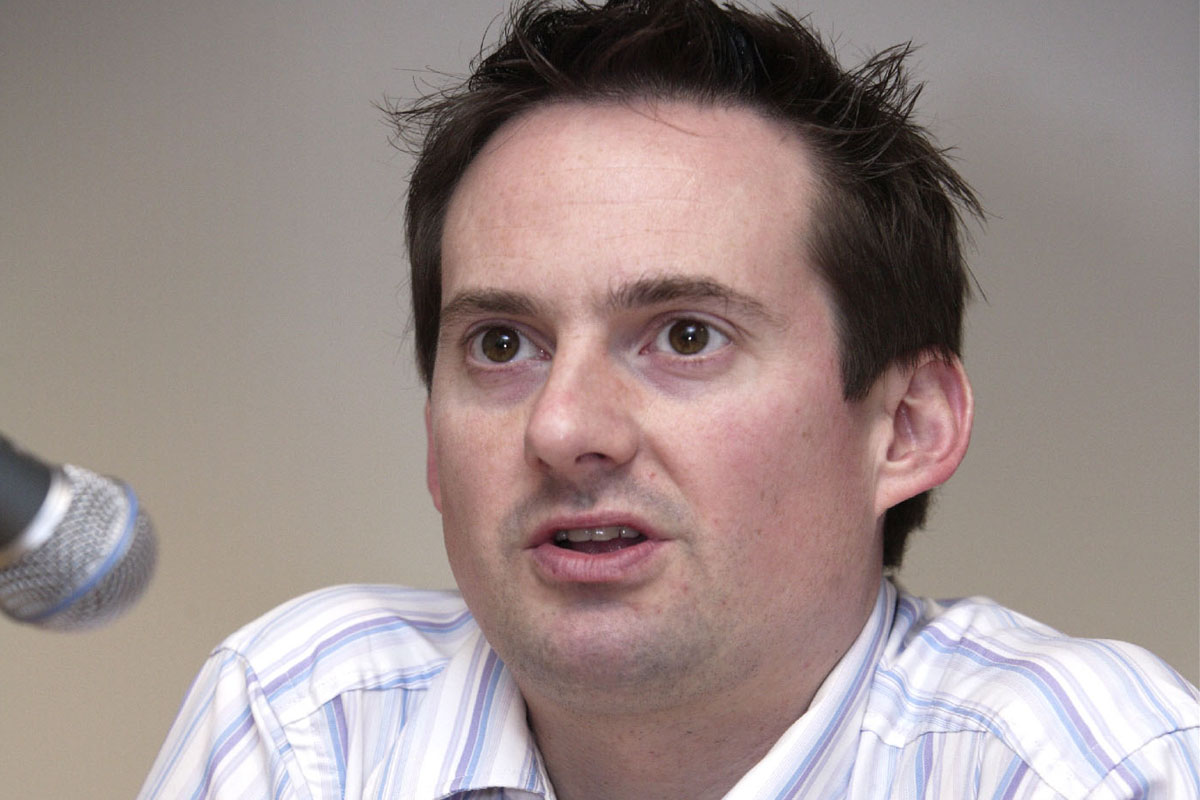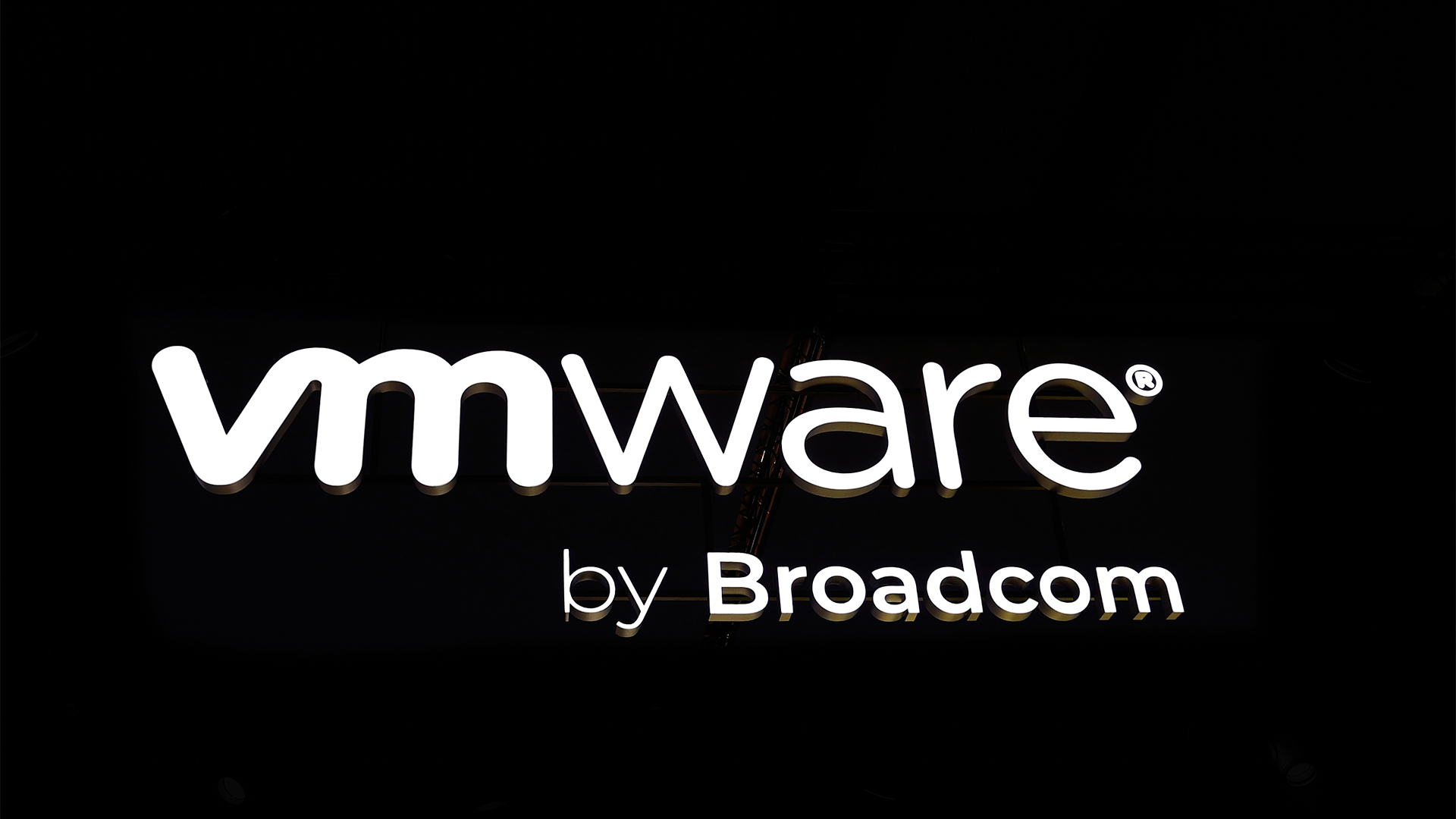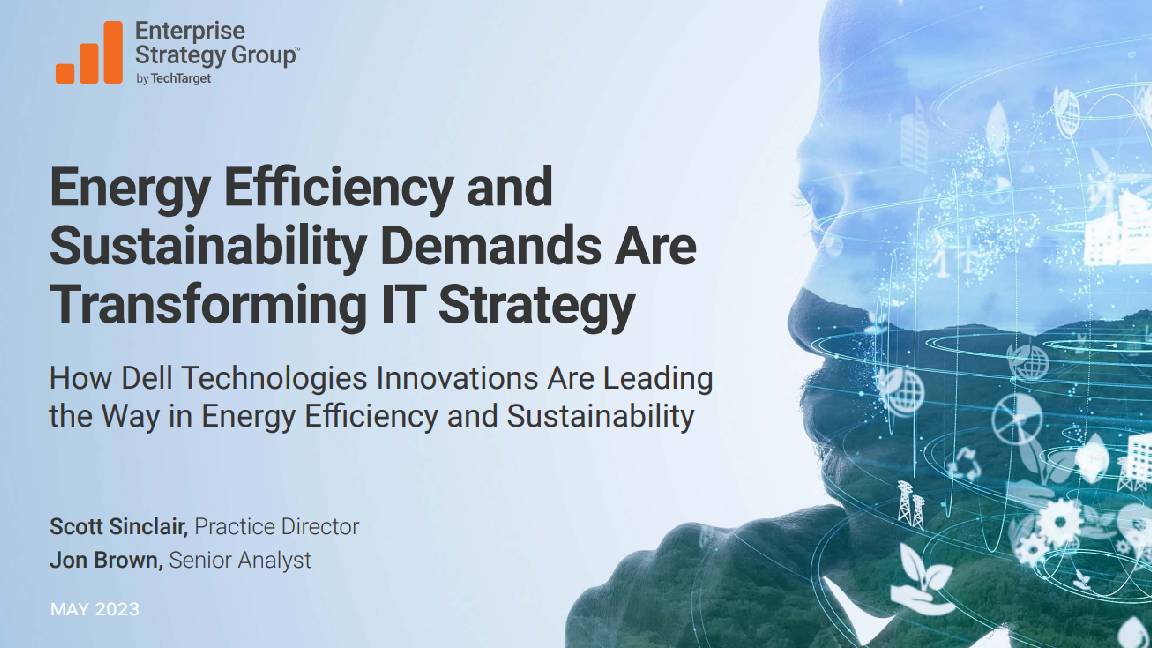Green IT shows green shoots
If Tesco is using IT to promote environmental efficiency, the rest of the industry should take notice.

During the last couple of years it was a brave or even foolish CIO who has advocated spending on "green" IT. After all, reducing the energy used by IT usually means spending money on new hardware, and businesses that have been struggling to maintain sales and profits did not want to invest scarce capital in equipment of any sort, least of all IT.
Then again, the business case for green IT has always been about more than more efficient servers, storage or switches, important as these are. The real benefits of technology spending come not from reduced IT bills, but in lower operating costs for the business as a whole. The neat thing about greener business processes is that they are often cheaper business processes too.
Changing the way an organisation does business, though, usually means spending some money up front. Using IT, and particularly software, to drive that change can be one of the cheaper options. So some very large businesses are looking to software to cut both their costs and carbon footprints.
An interesting example comes from ORTEC, a developer of advanced planning and optimisation software, based in the Netherlands. Tesco recently bought ORTEC's transport optimisation software to help it improve its supply chain.
Tesco is the world's third largest grocer, so if the company thinks something is worth investing in, it probably is. The interesting point, though, is the reasoning Tesco gives for its investment.
The grocer plans to use ORTEC's software to improve efficiency and resource utilisation, but also to reduce its carbon emissions.
In fact, Tesco's IT operations have gone further. Executives have stated publicly before now that real challenge for IT, when it comes to environmental footprints, is not so much in reducing energy use or carbon outputs from IT operations, but those of Tesco as a whole.
Sign up today and you will receive a free copy of our Future Focus 2025 report - the leading guidance on AI, cybersecurity and other IT challenges as per 700+ senior executives
Other drivers for environmental improvements, such as the Carbon Reduction Commitment Energy Efficiency Scheme are already forcing energy efficiency back on to the IT agenda.
-
 AI means you're probably going to need bigger developer teams
AI means you're probably going to need bigger developer teamsAnalysis Software developers may be forgiven for worrying about their jobs in 2025, but the end result of AI adoption will probably be larger teams, not an onslaught of job cuts.
-
 JetBrains is mothballing its Fleet IDE service — here’s what developers need to know
JetBrains is mothballing its Fleet IDE service — here’s what developers need to knowNews The Fleet IDE platform will be discontinued later this month and updates will stop
-
 Tesco is taking Broadcom to court – here’s why
Tesco is taking Broadcom to court – here’s whyNews The retailer is demanding £100 million in compensation following VMware pricing and licensing changes
-
 Beyond the upgrade: How to maximize IT investments and minimize waste
Beyond the upgrade: How to maximize IT investments and minimize wasteHow to maintain optimal performance and productivity with your fleet of hardware and stave off the next upgrade cycle for a bit longer
-
 Energy efficiency and sustainability demands are transforming IT strategy
Energy efficiency and sustainability demands are transforming IT strategywhitepaper How Dell Technologies innovations are leading the way in energy effiency and sustainability
-
 Energy efficiency and sustainability demands are transforming IT strategy
Energy efficiency and sustainability demands are transforming IT strategywhitepaper How Dell Technologies innovations are leading the way in energy effiency and sustainability
-
 Your guide to smarter printing: 2024 edition
Your guide to smarter printing: 2024 editionWhitepaper Making smarter printing simple for all businesses
-
 How to empower employees to accelerate emissions reduction
How to empower employees to accelerate emissions reductionin depth With ICT accounting for as much as 3% of global carbon emissions, the same as aviation, the industry needs to increase emissions reduction
-
 How much say does IT really have in sustainability initiatives?
How much say does IT really have in sustainability initiatives?ITPro Network Vendors are ready to proclaim their green credentials, but as members of the ITPro Network explain, making changes on the ground can be complex
-
 ESG: Designing the ideal digital work experience for the next generation of innovators
ESG: Designing the ideal digital work experience for the next generation of innovatorsWhitepaper What users want, why it's critical to give it to them, and how the whole organization can benefit